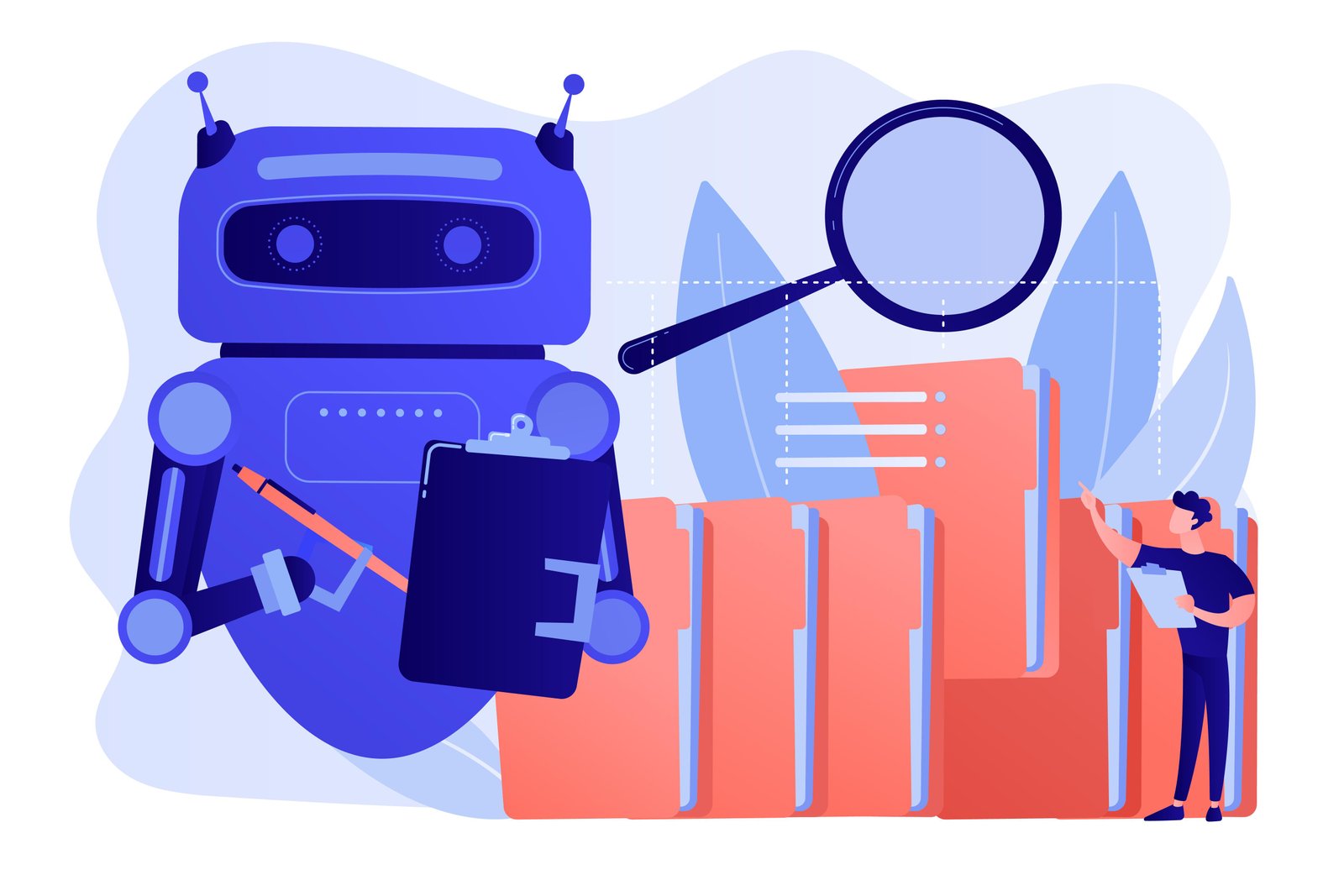The Intersection of AI and Machine Learning: What Sets Them Apart

Artificial Intelligence (AI) and Machine Learning (ML) are two terms that often appear in the same context, leading to some confusion about their relationship and differences. While they are related concepts, AI and ML have distinct characteristics and applications. In this blog, we'll delve into the intersection of AI and ML, clarifying what sets them apart and how they work together to drive technological advancements.
Intersection of AI and Machine Learning
Defining AI and ML
Artificial Intelligence refers to the simulation of human intelligence processes by machines, aiming to perform tasks that typically require human intelligence. These tasks include problem-solving, reasoning, learning, understanding natural language, and recognizing patterns.
Machine Learning services, on the other hand, is a subset of AI that focuses on creating algorithms that allow computers to learn from and make predictions or decisions based on data. Instead of being explicitly programmed, ML algorithms learn from data and improve over time, making them ideal for tasks that involve pattern recognition and data analysis.
Relationship and Distinctions
AI and ML are intertwined, with ML being a crucial technique used to achieve AI's goals. AI encompasses a broader range of concepts, including rule-based systems, expert systems, and symbolic reasoning, which don't necessarily involve learning from data. ML, however, is centered around data-driven learning.
Think of AI as the overarching field that aims to create intelligent machines, while ML is a tool within that field, enabling machines to learn and make decisions from data.
Learning Mechanism
One key distinction between AI and ML lies in their learning mechanisms. In AI, knowledge is often encoded by experts, involving predefined rules and logical reasoning. AI systems follow these rules to make decisions or provide answers. However, this approach has limitations, as it's challenging to anticipate and program every possible scenario.
ML takes a different approach. Instead of relying on explicit programming, ML algorithms learn patterns from data. They iteratively adjust their internal parameters to optimize their performance on a specific task. This learning process allows ML models to adapt to new data and improve their accuracy over time without being explicitly programmed for every scenario.
Applications
AI and ML have a wide range of applications, and their intersection results in powerful solutions:
Natural Language Processing (NLP): Machines are empowered by AI techniques to comprehend, interpret, and generate human language.. ML algorithms in NLP learn grammar rules, semantic nuances, and context to perform tasks like language translation, sentiment analysis, and chatbot interactions.
Computer Vision: AI-powered computer vision systems process visual data, while ML algorithms identify and interpret patterns in images or videos. This combination is behind applications like facial recognition, object detection, and autonomous vehicles.
Recommendation Systems: AI-driven recommendation systems use ML to analyze user behavior and preferences, suggesting personalized content, products, or services. These systems enhance user experience across platforms like streaming services and e-commerce websites.
Healthcare Diagnostics: AI-enabled diagnosis systems can analyze medical images, such as X-rays and MRIs, to detect anomalies or diseases. ML algorithms train on large datasets to improve accuracy in identifying potential health issues.
Autonomous Systems: AI and ML collaborate to create autonomous systems capable of decision-making and problem-solving. Self-driving cars, drones, and robotics utilize this synergy to navigate complex environments.
Synergy and Future Directions
The synergy between AI and ML is driving rapid advancements. As AI becomes more sophisticated, ML techniques play a pivotal role in enhancing AI capabilities. Conversely, AI's broader understanding of context and reasoning influences the development of more robust and adaptable ML models.
Looking to the future, this intersection will continue to evolve, with AI-inspired creative problem-solving augmenting ML's data-driven learning. Ethical considerations, transparency, and responsible AI will become more critical as these technologies become more embedded in our lives.
Conclusion
In conclusion, while AI and ML are closely related, they have distinct characteristics and applications. AI encompasses various approaches to simulate human intelligence, while ML development company services specifically focuses on data-driven learning and pattern recognition. The intersection of AI and ML holds immense promise, driving innovation across industries and shaping the way we interact with technology.
- Art
- Causes
- Crafts
- Dance
- Drinks
- Film
- Fitness
- Food
- Games
- Gardening
- Health
- Home
- Literature
- Music
- Networking
- Other
- Party
- Religion
- Shopping
- Sports
- Theater
- Wellness
- Politics
- IT
- Relationship
- Blockchain
- NFT
- Crypto
- Fintech
- Automobile
- Faith
- Family
- Animals
- Travel
- Pets
- Coding
- Comedy
- Movie
- Game
- Computer


